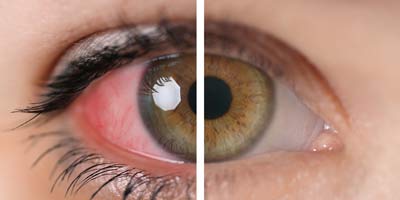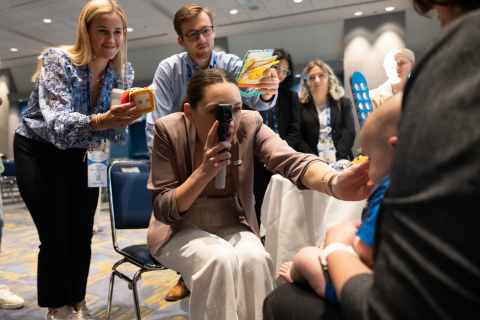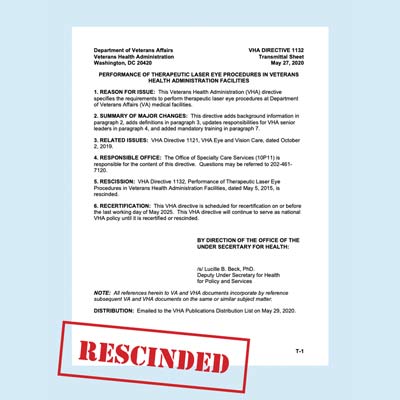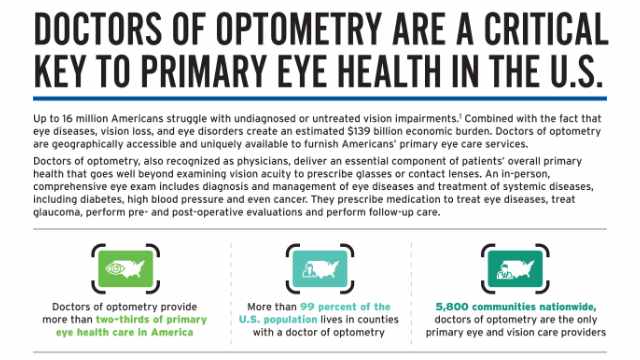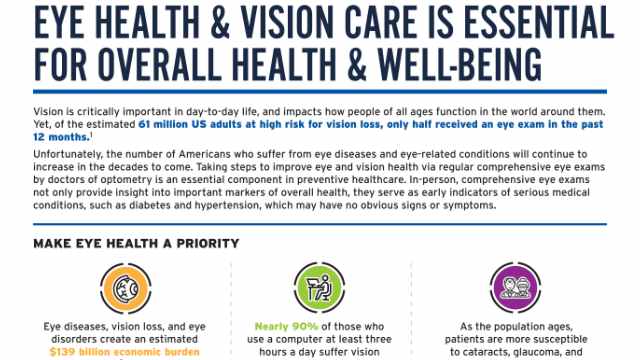Doctors of optometry deliver an essential component of patients’ overall primary health care
During a comprehensive eye exam, doctors of optometry not only determine eye and vision health, but also can identify early warning signs and manifestations of systemic diseases including diabetes, hypertension and cancer.
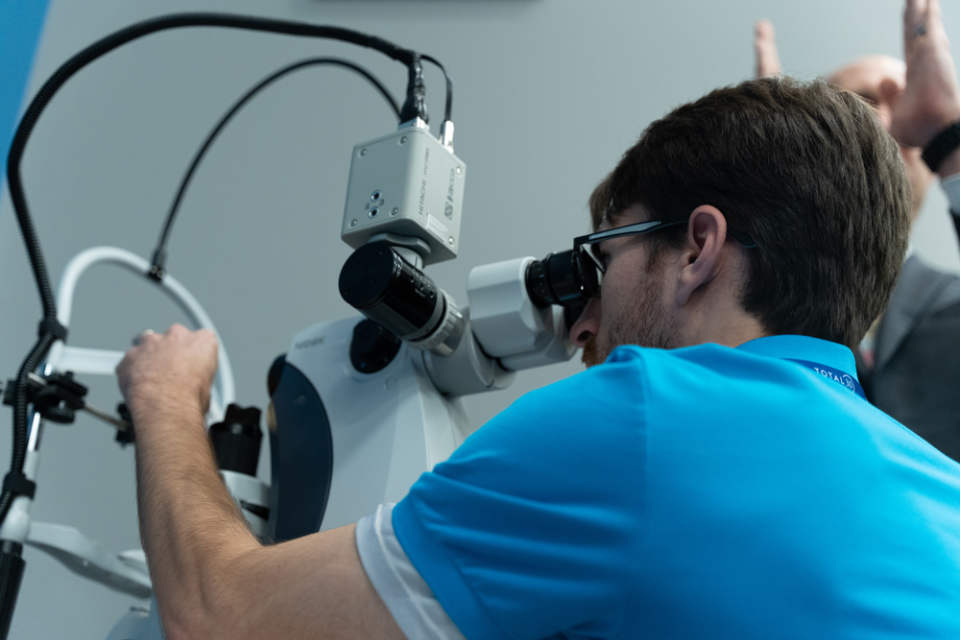
Learn More:
Facts about
eyes and vision:
- Children with vision problems are often misdiagnosed with dyslexia, ADHD and other learning difficulties.
- There are over 1 million nerves connecting each eye to the brain.
- The average person blinks 12 times a minute.
- The front of the eye, the cornea, is the only part of the body that receives its oxygen directly from the air, not the lungs.
- The retina is made up of 2 types of nerves, known as ‘rods and cones’. Rods are responsible for night vision and seeing shapes, whereas cones provide sharp vision and decipher colors.
- Heterochromia occurs when the eyes have different colors; this condition affects less than 1% of the population.
- Only in-person comprehensive eye exams ensure healthy vision.
Did you know…?
- Eye diseases, vision loss, and eye disorders create an estimated $139 billion economic burden in the U.S. and millions of Americans suffer from untreated or undiagnosed vision impairments.
- School vision screenings are not equal to a comprehensive eye exam. 75% of school vision screenings miss children with eye or vision problems.
- Diabetes is the third leading cause of blindness in the United States U.S., however most diabetes-related blindness can be prevented by an annual eye exam.
- 401,000+ cases of diabetes-related manifestations were first detected by a doctor of optometry in 2017.
- Doctors of optometry provide more than two-thirds of primary eye health care in America and more than 99% of the U.S. population lives in counties with a doctor of optometry.
- Doctors of optometry in West Virginia are geographically accessible, which is great news for many senior citizens who have difficulty traveling long distances to see a doctor.
- After undergraduate college training, the post-graduate, doctoral-level degree program in optometry is comprised of an additional four years of extensive classroom, laboratory, and clinical training at an accredited optometry school.
- While concentrating on the eye and visual system, optometrists also study systemic health in courses such as human anatomy, biochemistry, pharmacology, and physiology that allow them to understand how a patient's overall medical condition relates to the eyes.
- Optometry students and doctors are learning advanced procedures through accredited schools of optometry but are not allowed to practice those same procedures in our state due to a restrictive scope of practice. This leaves many in our state with limited access to eye care. These procedures could protect patients from losing vision due to glaucoma and other eye diseases.
- https://www.cdc.gov/features/healthyvision/index.html
- National Eye Institute, Eye Disease Statistics, 2014.
- National Academies of Sciences, Engineering and Medicine, Making Eye Health A Population Health Imperative: Vision for Tomorrow, 2016.
- https://www.cdc.gov/features/healthyvision/index.html
- National Eye Institute, Eye Disease Statistics, 2014.
- National Academies of Sciences, Engineering and Medicine, Making Eye Health A Population Health Imperative: Vision for Tomorrow, 2016
What is an Optometrist?
Optometrists are physicians who prescribe medications to treat eye diseases in drop, ointment or pill form. They also treat eye trauma and acute eye infections: corneal abrasions, chemical burns, foreign bodies on the surface of the eye or eyelids, thermal burns, conjunctivitis, and inflammation of the iris.
Optometric patients should not be denied the ability to receive the latest healthcare innovations in their local communities.
References
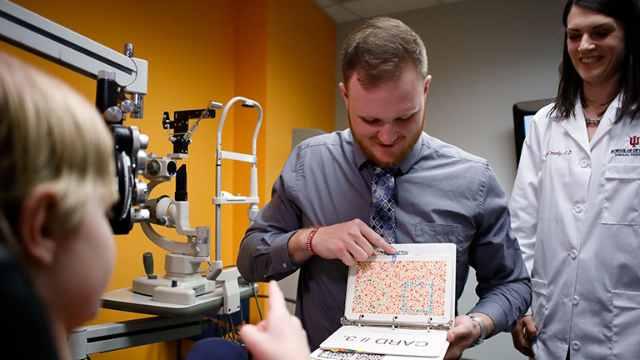
Find a WVAOP Member Doctor
Find a WVAOP Member DoctorLearn More
About Vision Plans and Medical Insurance.
When making an appointment with an optometrist you may have wondered why you were asked for your medical insurance information. That is because optometrists are trained and educated to take care of both your visual needs and ocular health.
Vision plans are useful for exams where the patient needs glasses or contacts. They typically cover annual or biannual comprehensive preventative eye exams, along with some coverage towards glasses or contact lenses.
On the other hand, medical health insurance is used when there is a medical complaint and diagnosis that relates to the eye, visual system and/or associated structures or you have a diagnosed systemic disorder with established risk to eye health.
Basically, medical insurance generally covers doctor visits when the patient comes in with a medical complaint, such as a red eye or for cataract or glaucoma checks.
Here are a few examples.
-
Medical Insurance
-
- Sudden loss of vision
- Eye pain
- Lazy eye
- Double vision
- Pink eye
- Spots/floaters
- Eye injury and/or foreign body
- Eye allergies
- Dry eyes
-
- Styes
- Ocular migraines
- Headaches
- Diabetic eye exams
- Contact lens complications including ulcers
- Glaucoma and cataract diagnosis, co-management, and referrals
- Low Vision Rehabilitation
- Neuro Vision Rehabilitation
-
Vision Plan
-
- Myopia (nearsighted)
- Hyperopia (farsighted)
- Presbyopia (difficulty focusing)
- Astigmatism
- Lenses
- Frames
- Contact lenses
Of course, vision plans and health insurance plans vary.
If you aren't sure what your plan covers, it is always wise to reach out to a customer service representative at the telephone number on your card. By understanding how your plan(s) work, your office visits will be more pleasant and productive.
